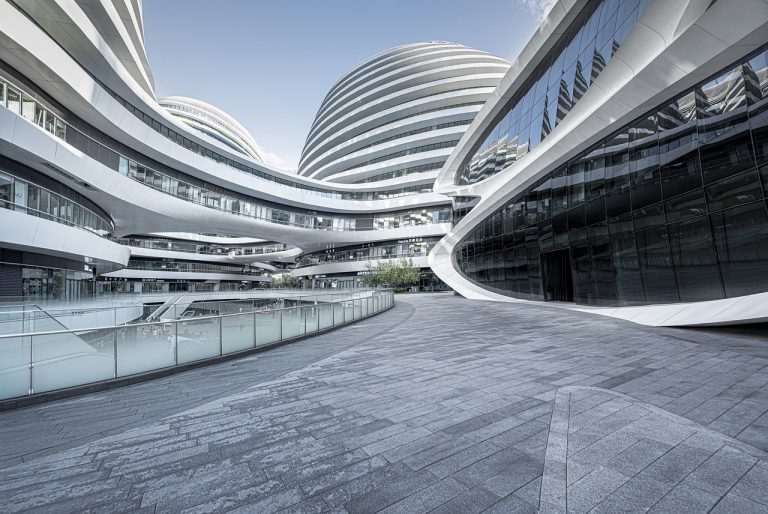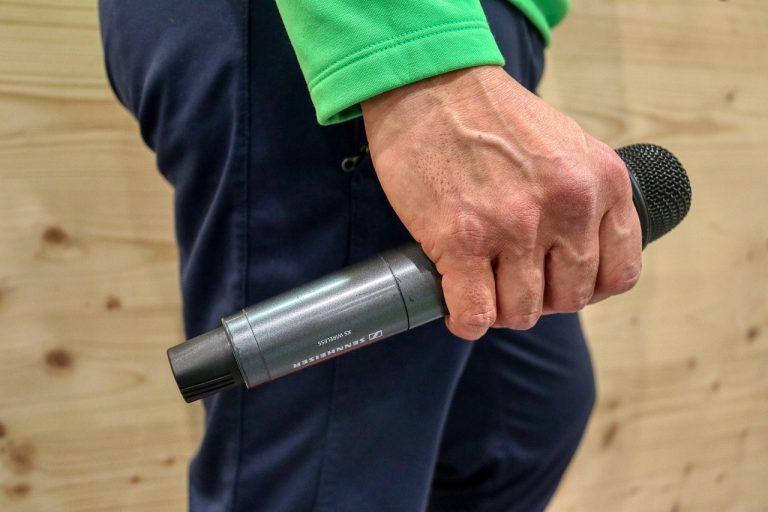Maximizing space in any office location is a great way for better work efficiency and comfort. This is particularly important in a medical setting where doctors and medical staff need to move quickly while working on patients and medical devices. Medical dividers work very effectively in large open space settings and here are a few tips that will help you work smartly.
• Lightweight — As most emergency rooms or medical waiting rooms have to deal with a regular footfall, it’s a good idea to find lightweight dividers that can be moved if necessary, to make more space or less space.
• Freestanding vs. fixed — Free-standing screens usually have 3 to more panels to provide stability, however, they are not recommended for a medical setting. We recommend using built-in screens or fixed roller screens that can be adjusted to any setting. Curtain dividers on individual railings are also a good mobile option in any hospital setting.
• Opaque — Privacy is paramount in any setting. Having a lightweight but opaque setting can ensure privacy for patients in the Emergency Room. Most hospitals have white, beige or collapsible room dividers that are the most effective in ensuring patient privacy. Standard opaque unbreakable glass is also a popular option but is not preferred due to its weight and possible brittle nature.
• Impermeable to contaminants — Most medical rooms are regularly exposed to bodily fluids and contaminants. Dense plastic, lightweight wood, or other materials can be used to ensure cleanliness. Glass is the best as it is very impermeable to contaminants and relatively easy to clean.
• Material — With modern interior design, it is now possible to use a range of materials to make room dividers. Current material options include hanging polypropylene room dividers, wood screens, fabric dividers, glass screens, opaque acrylic sheet screens, mobile methacrylate dividers, and modular partitions.
• Cost — The cost of the screens will depend on the material used. The best option is lightweight plastic as it lasts the longest. It is also available in a range of colors and sizes. Plastic sheets can also be custom-adapted to a particular requirement.
As most medical spaces are high-risk areas with exposure to body fluids, medical dividers should be easy to move but relatively stable and impermeable to contaminants. We recommend you check the different medical dividers present on the market and read the reviews before making a final decision.













